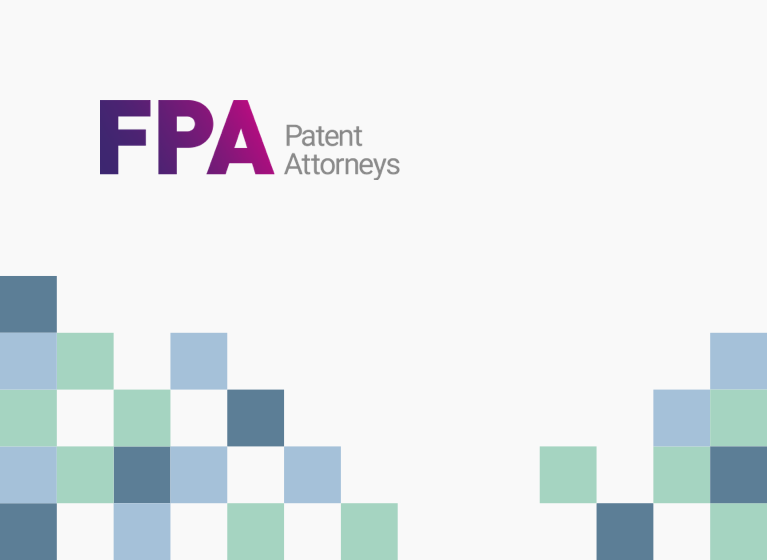According to a recent Federal Court decision: a patent claiming more than one therapeutic good can only be extended based on the first registered therapeutic good covered by the claims. 1
Until now, it was possible to elect to extend a patent based on a later registered therapeutic good on the understanding that, as the law developed, the effect of extension based on different therapeutic goods would be differentiated. The decision itself is based on complex legislative interpretation that we are not discussing and upon which reasonable lawyers can disagree. For this reason the decision is ripe for appeal.
PTE requirements
PTE is provided in Australia based on a “pharmaceutical substance per se”:
- in substance within the scope of the claims; and
- contained within a good included in the Australian Register of Therapeutic Goods (ARTG); provided that
- certain timing requirements are met.
The definition of a “pharmaceutical substance per se” includes single actives, mixtures and some formulations.
Decision details
The relevant patent covers both an individual active ingredient and a composition comprising the combination of that active ingredient with further active ingredients. It was agreed by both parties that (i) sitagliptin and the combination of sitagliptin with metformin were different pharmaceutical substances per se; and (ii) both pharmaceutical substances per se were in substance within the scope of at least one patent claim. A therapeutic good containing sitagliptin was registered on the ARTG within 5 years of patent filing. That registration was too soon to support a PTE. The patentee sought and achieved PTE based on the later registration of a therapeutic good containing both sitagliptin and metformin.
The Court commented at paragraph [88]:
On MSD’s construction of s 77(1) MSD could obtain an extension of term of the patent for the period of time from 5 July 2002 until 27 November 2008 reduced by five years. The result is MSD obtains a monopoly over sitagliptin for more than 20 years in circumstances where it never suffered any unacceptable delay in its capacity to exploit sitagliptin.
The Court decided that the patentee was not entitled to a term longer than that calculated based on the earlier sitagliptin ARTG registration. A similar result is expected for patents covering two different active ingredients, that is, the first regulatory approval for the first active ingredient registered on the ARTG and within the scope of the claims will limit the PTE options for the patent as a whole.
Irrespective of the ultimate outcome for this case, the Australian provisions remain generous in that: PTEs for combinations of active ingredients remain allowable in patents specifically directed to the combination or where the combination is the first registered therapeutic good captured by the patent claims.
Difficulty raised by the decision
A difficulty raised by this decision is that a patentee will have a different outcome if they:
- file a patent for an active ingredient and a separate patent for that active ingredient in combination with another active ingredient; or
- are efficient and file a patent covering both the active ingredient and the combination.
There is an alternative approach that avoids this discrepancy in outcome.
An alternative approach
The Court has not directly considered enforcement during an extended patent term, but the comments at paragraph [88] suggests the view that all claims of the patent can be infringed in an extended patent term such that extension based on a second therapeutic good registration would unfairly extend the monopoly for the earlier registered product. Enforcement in an extended term has had little consideration but this outcome is not the only possibility.
Australian PTE practice to date has been functioning (without legal confirmation) by treating a PTE based on sitagliptin and one for the sitagliptin/metformin combination as fundamentally different in effect. While the patent as a whole is extended, enforcement was thought to be limited to the claims that the relevant “pharmaceutical substance per se” is in substance within. This approach would mean that method claims, which are ineligible for extension, would be unenforceable in the extended term of a patent.
Taking this approach on the present facts would mean that a PTE based on the sitagliptin and metformin combination would extend the claims to that combination but not the claims to sitagliptin alone – allowing exploitation of sitagliptin alone during the extended term and providing a fair result. This approach also has the benefit of providing the patentee with the same outcome irrespective of whether a single patent or multiple patents for the same claim scope are filed.
We are awaiting the next judicial guidance in this area with interest.
1 Merck Sharp & Dohme Corp. v Sandoz Pty Ltd [2021] FCA 947







